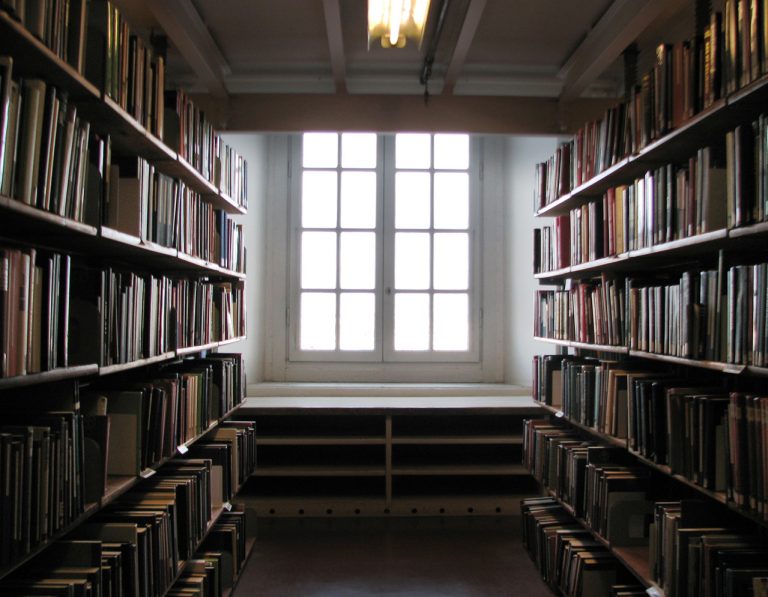
If you live in Italy and are at the start of your Italian adventure, you’re probably still in the phase of being confused about just how and why the Italian people put up with many things the people themselves complain about.
From public funding for transport, roads, education and arts, to the high taxes, hard work, low pay and the shenanigans of the prime minister, Silvio Berlusconi, living in Italy can be extremely surreal.
And while many Italians complain or shrug their shoulders (or do both simultaneously), it’s tempting to say they have brought it on themselves.
I am of the personal opinion that many Italians don’t deserve the current state their country is in and the reputation Berlusconi has brought them at an international level, but then there is a total lack of ambition, sense of public pride and real desire to change that means really, we’re all in this self-administered pickle.
If you’re keen to understand the Italian people and their national character a bit more, Michael Kimmelman is to the rescue in the New York Times.
His article on Rome’s Cinecittà film studios is an allegory of all that is modern and historic in the Italian cinema.
Like an ageing diva who relies on the glamour of the past and has no interest in the future, Italy muddles along in its own way with varying success and failures (often brushed aside).
While the article is about public funding for the arts and how the Cinecittà could be a model for Italy’s cultural institutions, it is far more expansive than that.
Kimmelman writes:“We sell a mix of past and future,” is how Mr.
Sperandini summed up the appeal to filmmakers of working in this place [Cinecittà], where the glamour and surrealism of Fellini have not yet evaporated, and the general state of craziness — a charmed, worn and fairly somnolent variety of it — seems a microcosm of Italy and a metaphor for how, despite themselves, Italians thrive anyway….
But the story of Italy, now as always, is also one of improbable fortitude and resourcefulness.
Time and again the country survives its self-inflicted calamities.
It’s part of the endearing, incomparable beauty and appeal of the place.
Our colleagues, at 06blog for Rome, also took a look at the article for what it says about really valuing Rome’s cultural and historical heritage.
For many years, Italy has relied on its Renaissance past and painters like Michelangelo as an example of its cultural contribution to the world, the fact of which I was reminded at the recent Best of Wine Tourism Awards for Florence.
This hypothesis of mine – the lack of real modern culture and role models as Italy still parades its Uffizi galleries and Sistine Chapels – was confirmed when, like a slap in the face when touring grand villas and beautiful vineyards, evening discussions were sometimes about the merits of Italian showgirls and the Italian celebrity survivor program (social diplomacy still requires general avoidance of all topics Berlusconi).
The huge number of tourists to Rome every year could indicate that many are not concerned about whether there is real investment in arts and cultural funding now.
But our colleagues at 06blog indicate that Romans don’t live in the Colosseum or over at the Vatican, and new incentives are required.
Picking out the most indicative of Kimmelman’s comments, with regard to the funding break Cinecittà has just received, they chose:Still, a reprieve, like a movie, ends eventually.
Italy today seems unable to plan well into the future, whether securing for posterity its famous filmmaking center or preserving its crumbling architectural and archaeological heritage or consolidating this increasingly sprawling, diverse and uncontainable capital city….
When I emerged from the subway back in town, hundreds of protesters were carrying placards mocking Mr.
Berlusconi for his relationship with Karima el-Mahroug, the underage girl in question, who goes by the nom d’art Ruby the Heart-Stealer.
They protested in the piazza in front of the Pantheon and mixed with perplexed Japanese and Chinese tourists.
It was the usual scene of chaos, merriment and complaining.
A band struck up near the fountain.
The sun sank, casting shadows across the square.
This was Rome.
And everybody looked very happy.





Leave a Reply